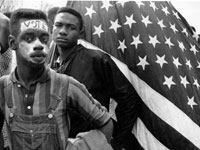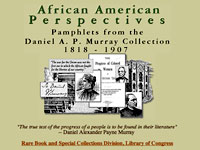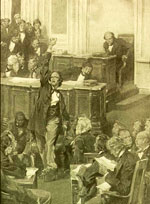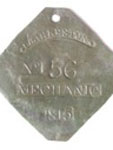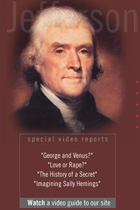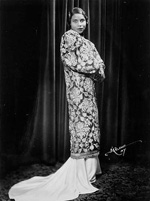Resources for African American History Month
In 1925, historian Carter G. Woodson established Negro History Week. Growing in recognition over the following decades, the week became a month in 1976, when the U.S. celebrated African American History Month for the first time. This February, African American History Month reminds us to teach, learn, and remember the men and women who have contributed to U.S. history from its very beginning.

Looking for resources on African American history? Our African American History Month spotlight page brings together website links and reviews, examples of historical thinking, lesson plans, teaching strategies, quizzes, and more. Browse the spotlight to find materials for teaching pre-colonial history to the present day.
Other organizations and websites also round up teacher resources for African American History Month. Check out these examples:
- Browse front pages from the Civil Rights Movement, as well as lesson plans for African American history month, courtesy of the New York Times.
- Watch video clips, find recommended readings, and learn about key Civil Rights Movement leaders on the American Federation of Teachers' Black History Month page.
- Interact with history with publisher Scholastic's Teaching Activities including web features on famous African Americans, the Underground Railroad, and more.
- Draw on EDSITEment's rich collection of lesson plans and links to resources throughout the web.
- Watch and listen at HISTORY.com, with video clips, speeches, photo galleries, and an interactive timeline of African American history milestones.
- Find your way through the Library of Congress's massive collection of primary sources and teacher materials with its African American History Month guide.
- Sift through documents and photographs related to slavery, abolition, Reconstruction, segregation and migration, civil rights, and more at the National Archives.
- Uncover reading lists, online exhibitions, lesson plans, and more from the Smithsonian Center for Education and Museum Studies.
- Scroll through back issues of the Gilder Lehrman Institute of American History's online journal History Now for lesson plans, historical essays, and interactives on topics including the Civil Rights Movement, abolition, slavery, and reform.
- Refresh your knowledge of famous African Americans in history with Bio.com's videos, study guides, photos, timeline, and lists of firsts and achievements.
